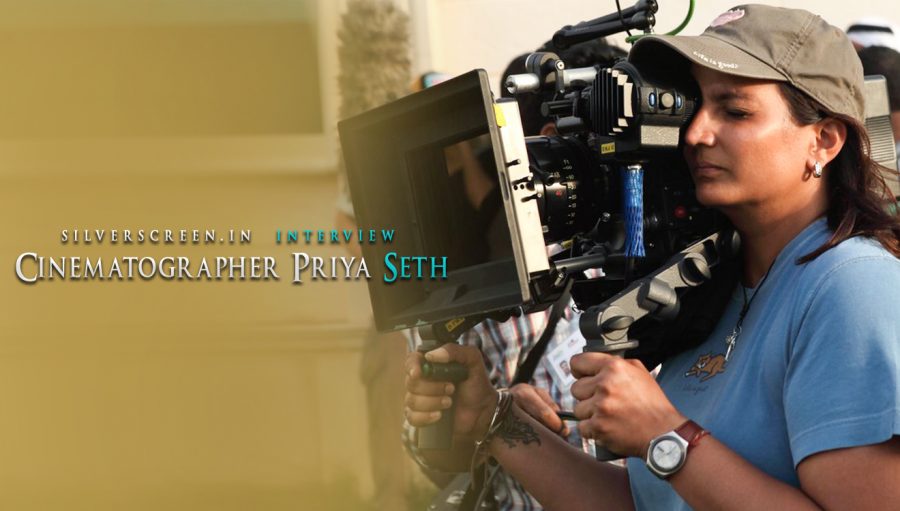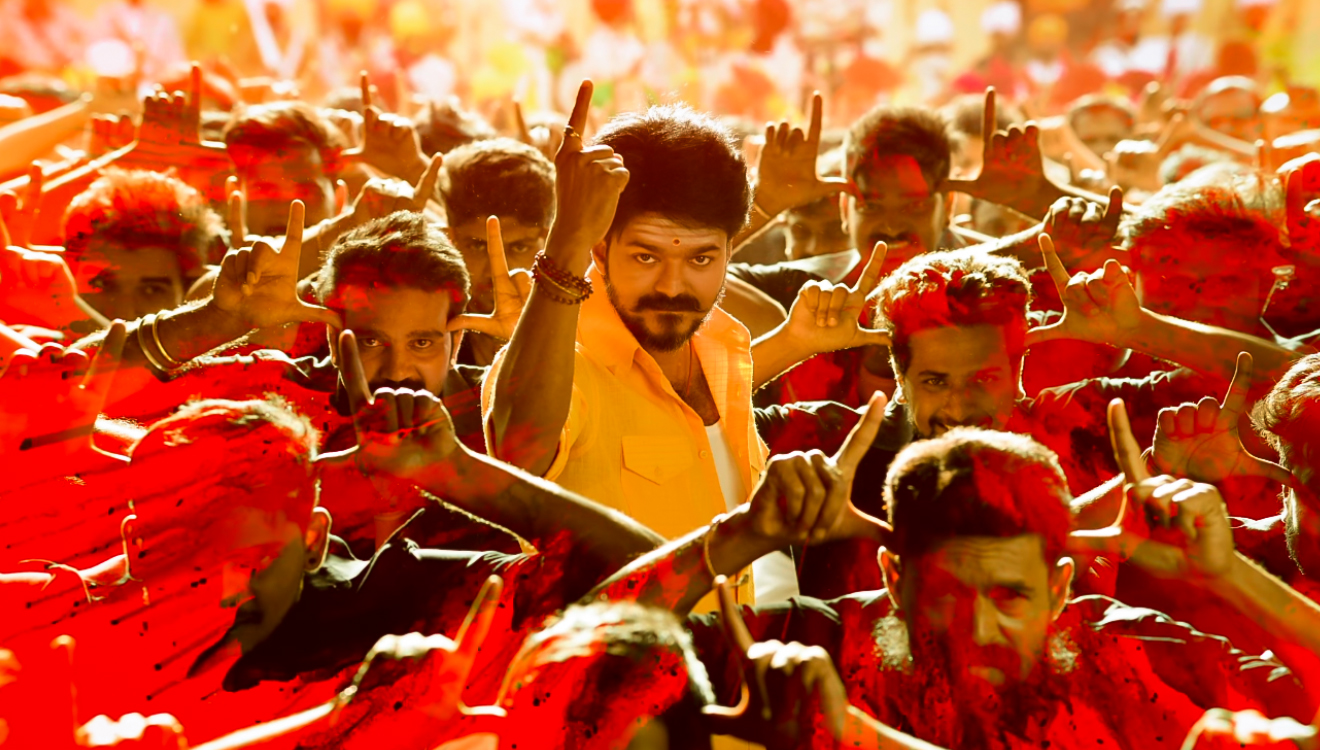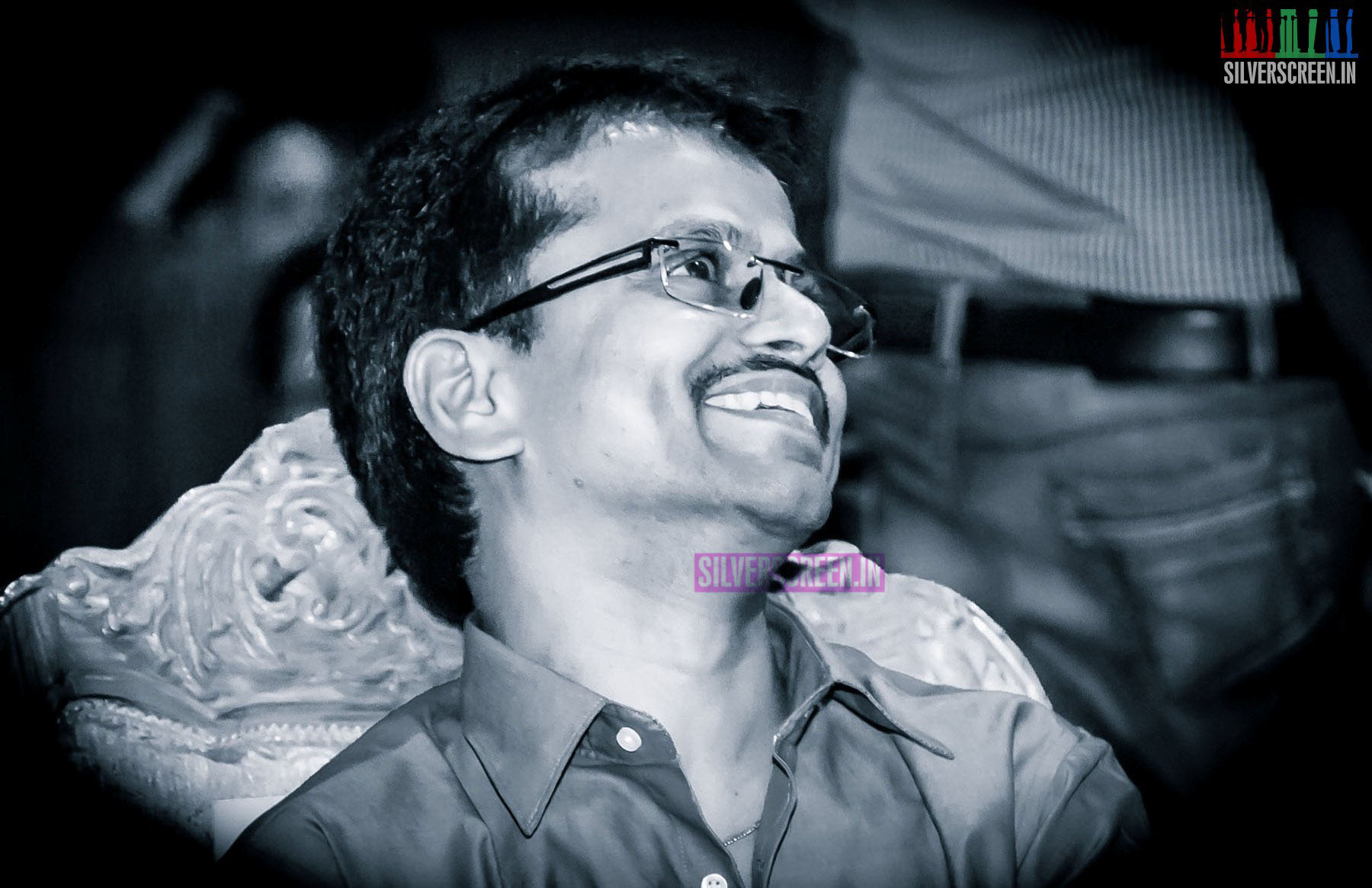For Priya Seth, one of the few women cinematographers in India, breaking stereotypes is a part of her job. A graduate in economics and a post-graduate in filmmaking from New York, Amritsar-based Priya started off as a cinematographer in the world of television commercials.
Priya is also one of the few underwater cinematographers in the country. In 2009, she worked in her first feature film, Barah Anna, which was directed by Rajakrishna Menon who roped her in again for his Airlift in 2015 and Chef (2016). Industry-insiders describe her as an immensely resourceful person who never loses cool on film sets.
Chef, a movie centered around food, travel and relationships, released last Friday. In conversation with Silverscreen, Priya explains what went into the making of the film, which is an official remake of Jon Favreau’s American comedy-drama of the same name.
*****
How did you approach Chef? Did the original American film serve as a reference at all?
I deliberately didn’t watch the American film before filming because I didn’t want to get influenced. I don’t look at films for reference. You can’t really do that. Everything is different in our film than how it is in the American one. There is really nothing I felt I could take from that.
One of the foremost ideas was not to make the film look like a food commercial. It has to look organic, it has to look real. I have been involved in Chef right from its pre-production stage. Raja and I have been working together for so many years now, and have a very good understanding of each other. So there is no briefing really, and it is a very organic process. We pretty much have the same opinion about how things should be shot, right from the time we start reading the script.
What was the hardest part of filming Chef?
We were travelling so much. So we needed to have a lighting plan for every single day. A good part of the film happens on a bus, so we needed rigs. You need to have a plan in place before starting the shoot because you’re not coming back to re-shoot. We worked on a very tight schedule. I think that was very tough. We didn’t have the opportunity to go back or reschedule anything. Not even half a day. We were always on the move, and there were a lot of locations. We used sync sound, and we had a little trouble in Kerala because of that. People were not cooperative in some places.
What were the preparations that went behind making the film?
Raja and I come from the philosophy of prepping very very hard. We plan every detail of the shoot a couple of months ahead, so when we are on the sets, we are only executing a plan. The lighting is already done in my head. We don’t sit and plan in the morning as to what we need to do that day. Of course, things could change on the sets, and unexpected things can happen, but at least you are working towards what you had planned. Sometimes, I go back to take a look at my notes when the final film is ready, and I smile to myself, because I can’t believe the level of detail we had brought to what we had planned. I like to work like that. It’s also important because everyone needs to know what you are doing in advance.
Tell us about the equipment you used. How big was your camera crew?
I work with a small group. I don’t like to work with many assistants. I work with two assistants and a focus puller. Then of course, I have my lighting team. Bigger the crew, the more confusing it is for everybody.
For Airlift and Chef, we shot in places where there were hundred kinds of visuals available. We just had to find a universe for our characters to inhabit in, and maintain that consistency. The store they go to, the house they live in – everything should look like they belong to one universe. We have to find a world within a world. In Chef, we have been able to find this consistency in Kerala as well as in Goa.
How do you work with your costume designers, production designers?
We sit down and work out everything in advance. We all are working towards achieving one visual. If you look at the costumes in Chef, you will see that we have used one particular palette. Chef is a colourful film, but the colours are not all over the place. We have tried to keep it in a very narrow band.
Did you work on the visuals in the post-production stage?
I graded for a month. I don’t change everything that I shot. That’s not how I like to do it. We do very subtle things that fine-tune the visuals. Everything else should happen at the time of the shooting. By the time the film reaches the grading stage, the visuals are pretty much locked. With more and more technology, the post-production process has become easier. You complicate it when you don’t understand it.
Airlift was not a pretty film. It was very gritty and very real because the subject demanded that.
Chef is about food and travel, and we had to make the environment look pretty and pleasing. Eventually, you are selling an idea.
Do you have a preference for filming using natural light?
I think we all like to shoot in natural light. What happens is that to shoot in natural light, you will need an assistant director to sharply schedule everything according to sunlight. If we have that luxury, I would very much like to shoot in natural light.
But that doesn’t mean natural light is always the right choice. As I said, we aren’t shooting a documentary. I will light up a scene in my way to make it look cinematic, if the scene demands that. I am not married to natural light. Lighting is not about illumination, it’s a craft.
These days, a lot of people depend on their mobile phones and tablets for movie watching. What do you think of this change in the way people watch films?
Actually, I ask myself that a lot, and struggle to answer it. It is true, of course. Half the films that are being shot end up being watched on mobile phones. Now, is it going to change the way we shoot? We shoot for the big screen experience, and after the movie reaches the public domain, we can’t control them. Will we have to start shooting our films like the television, I don’t know. In television, they use mid-shots and close-ups the most because the screen is smaller.
You are one of the few underwater cinematographers in the country.
That was a complete accident. Prahlad Kakkar, who is one of the foremost ad filmmakers in India, runs a diving school in Lakshadweep. I bumped into him one day, and he told me young cinematographers were not interested in doing anything different. He literally ordered me to go to Lakshadweep, learn how to dive, and start doing underwater photography. I had never dived before, although I was always a good swimmer. Anyway, I went and I tried my hand at it. I loved it. I came back and started doing underwater photography for films and TV commercials.
I consider it a great little gift because I am able to go underwater, and light up, and shoot. It just lets me do all the things that I love to do.
All three feature films you have worked in were directed by your long-time friend, Rajakrishna Menon. Is that a conscious choice to only work with people you are close to?
I would like to work with other people as well. It’s always good to work with people you get along with very well because it’s on a film set that you spend a large part of your year. And as I am getting older, I want to work with people I get along with. Otherwise, it is not worth it at the end. I don’t want to feel miserable while creating good work.
Not just friends, but with people who create a good work environment on set. Sets where people are shouting and yelling at each other is something both Raja and I really don’t believe in. There needs to be a decorum. There is no reason for people to be yelling, shouting and screaming at each other, being nasty to one another. That’s something I am really firm about.
I have seen this tendency to control a film set with fear in film industries all over the country, not just in Bollywood. We tend to believe that filmmaking is a great calling, and we are creating some great piece of art, so that gives us the power to treat people badly. I think you can create equal or greater quality work with more dignity.
Atmosphere on the sets need to change. In the films I have worked in, we take a day off every week. I don’t think it’s necessary to work 40 days straight on a set. It is not possible. In our (work) culture, there is no respect for people’s time or energy.
Is there a film or a filmmaker who inspires you?
Many many films. More than I can list here. If you want one name, I will tell you about the man who inspired me the most. He is not a cinematographer, but a filmmaker whose films I keep going back to again and again. Andrei Tarkovsky.
Recommended
His films might appear different when you watch it in different stages of your life. The same film offers you many different perspectives. His films are a book on philosophy, and he has a powerful visual language. Among his films, my favourite is Nostalgia.
Among the more contemporary filmmakers, my favourite is Terrence Mallick. He has a maverick way of setting up shots. He fails a lot, he succeeds a lot. He keeps experimenting. People like him are allowed to fail many times because they are always pushing something ahead. I have all the time in the world to watch his ‘failed’ experiments because those are good failures. They inspire me a lot.
*****
The Priya Seth interview is a Silverscreen exclusive.



